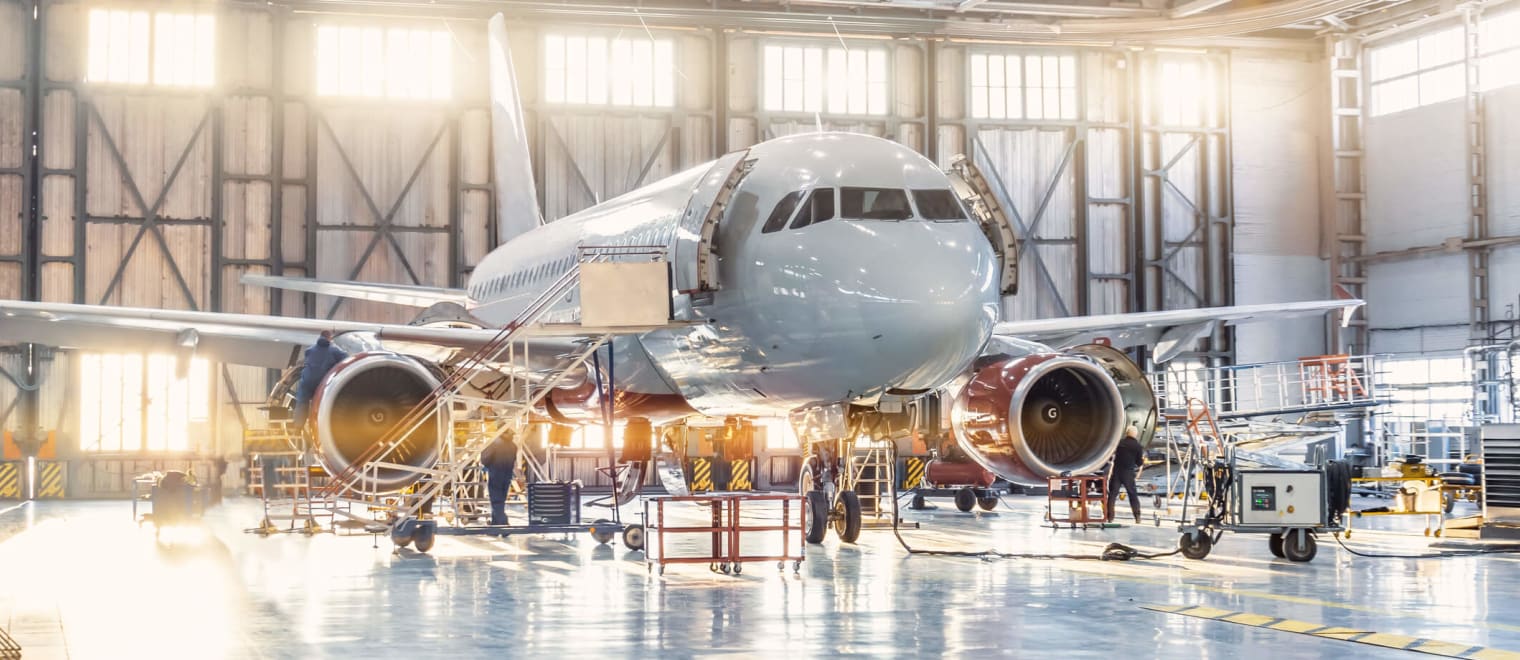This informal CPD article, ‘Aerospace Global Performance Trends Post-pandemic‘, was provided by Cambashi, a global market research, industry analysis, consulting & training firm, focused on engineering and industrial software markets.
Aerospace Global Performance Trends Post-pandemic
Research for Cambashi’s Insights, combined with data from our software Observatory, shows that the aerospace manufacturing industry has stood up well through the COVID-19 pandemic and is poised to surpass pre-pandemic levels, indicating a robust recovery.
Leading global commercial aerospace OEMs estimate that global passenger traffic will return to 2019 levels by the end of 2023, or early 2024. This could, in turn, result in production ramp-ups to remediate growing backlogs and drive industry revenue throughout the rest of 2023.
While the civil sector is still returning to pre-pandemic levels, the defense sector remained stable through 2022 and is expected to outperform commercial aerospace. This growth is attributed to the rise in defense budgets following the start of the war in Ukraine, which resulted in a heightened global demand for military equipment.
The recovery of civil, and resilience of defense, is reflected in the overall value of the aerospace industry in 2022, which is estimated to be $US700 billion, a substantive rebound from 2020 and the first year to surpass pre-pandemic levels. However, ongoing supply chain issues and high inflation remain the two largest threats to the industry, with both Boeing and Airbus warning of supply chain issues and production delays.
High inflation poses a significant challenge due to its negative impact on household income and consumer confidence, both of which have an impact on air travel demand. The global aerospace industry is particularly affected because major aerospace producers, such as the US, eurozone, and UK, bear the majority of the economic impact.
Despite ongoing headwinds, the industry is expected to grow steadily in 2023. Growth will be fueled by an increase in global passenger traffic and a rise in defense spending. Elevated geopolitical tensions around the world have led to a number of countries increasing their defense budgets, driving spending on military aircraft.
Understanding the Software in Aerospace Manufacturing
Software plays a major role in the aerospace industry as it is essential to design, simulation, production, supply chain, and maintenance activities. The full range of software used includes:
- CAD for design
- CAM for manufacturing planning
- CAE for simulation
- PLM to manage the product lifecycle
- ERP to manage the production/planning and financial processes
- SCM to manage the supply chain
- Service Management software to manage service and maintenance
The market for ‘technical’ software (PLM, MCAD, MCAE, and CAM) used in the aerospace industry is dominated by the US, which generated sales of over $US1.2 billion in 2022, followed by France, Germany, China, and the UK. The top five countries make up more than 85% of the market.
China saw the largest rise in software spend in 2022, an increase of over $US20 million. The growth comes almost exclusively from PLM and CAE software. China’s aerospace industry experienced stronger than expected growth in 2022 and announced a significant increase to its defense budget, both of which should result in a boost to aerospace production, and consequently a greater demand for software.
CAE software made up almost half of all aerospace related technical software sales in 2022, and adoption of the software was a major driver behind China’s impressive technical software growth.













